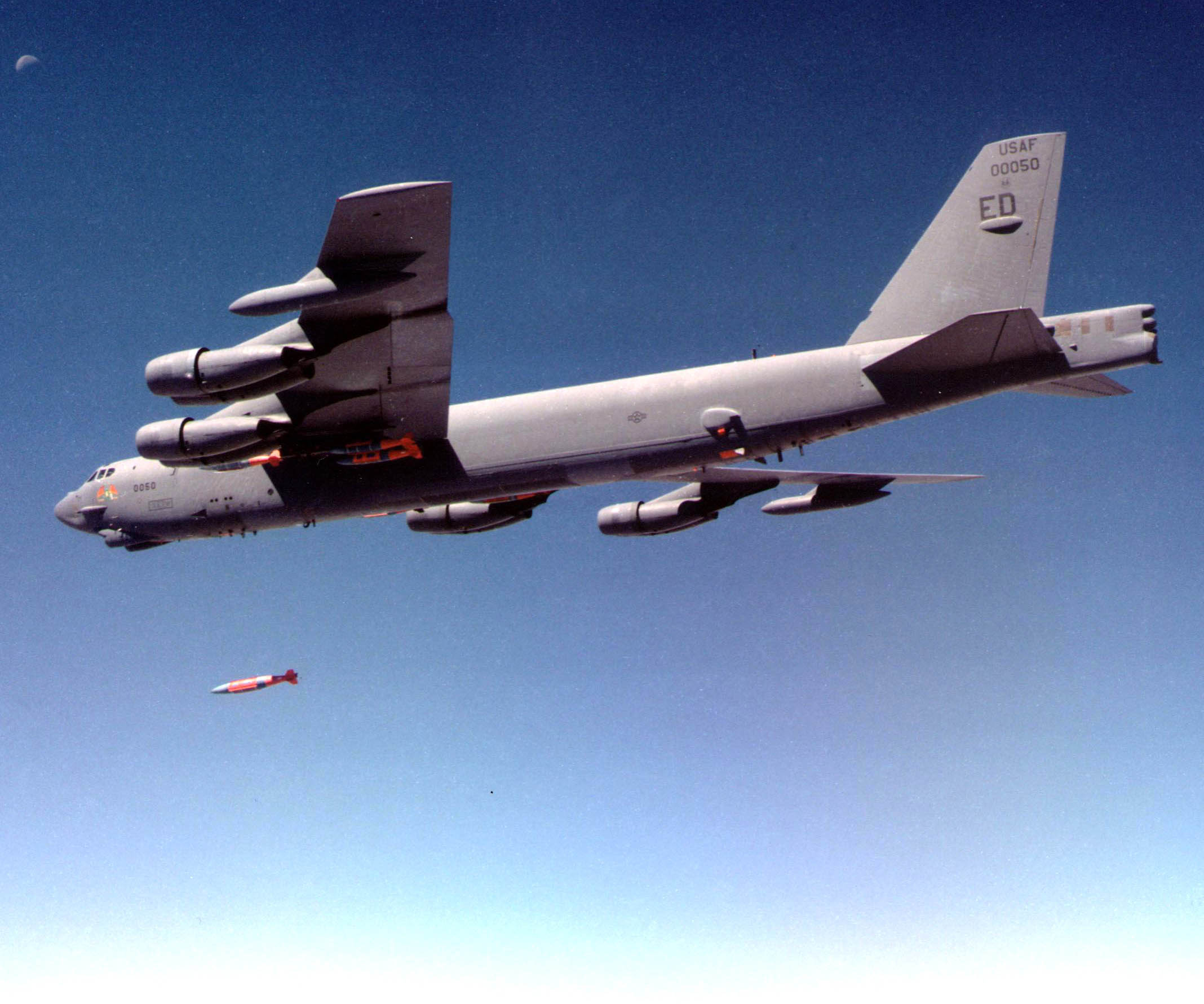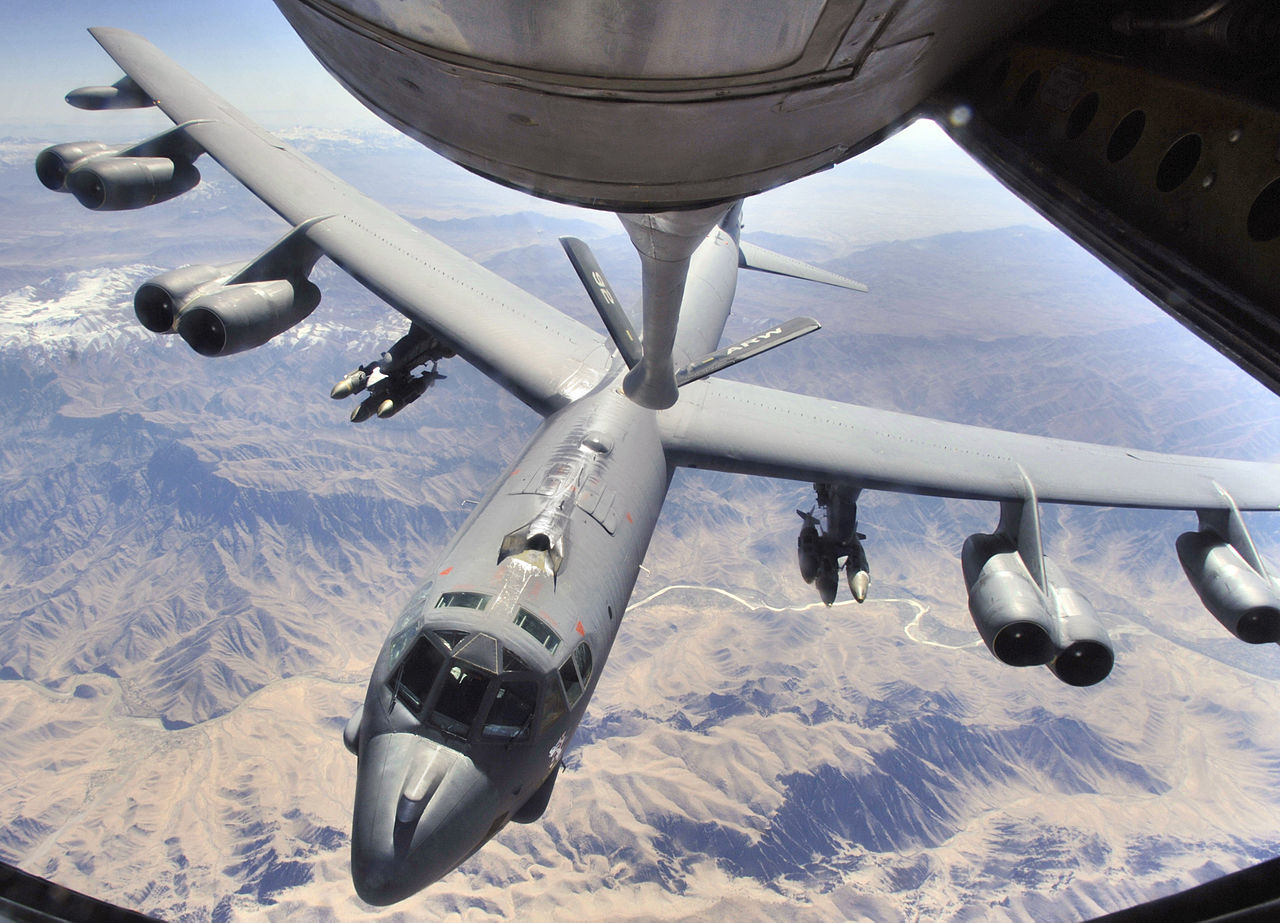We already know that Boeing’s B-52 Stratofortress bombers will continue to serve for what is expected to be thirty more years…maybe even longer than that. The bombers are powered by Pratt & Whitney TF33 engines today. The TF33 is a development of the JT3D, which has been powering jets since the days when 707s and DC-8s were the highest tech in the skies- and come to think of it, when the B-52 was the highest tech in SAC. As installed in today’s B-52 fleet, the TF-33 puts out about 17,000 pounds of thrust. Multiply that times eight and you have 136,000 pounds of thrust. As Boeing argues in the video below, that thrust comes at a high and ever-increasing cost. We’ll let them make the point, but there is some essential discussion yet to be had below the video link.
[youtube id=”vHdIRwKtnig” width=”800″ height=”454″ position=”left”]
But which engines should replace the TF33s on the BUFF?
That would seem to be a key consideration, yet very few actual candidates have been identified- at least publically. The Air Force picked up a 20% reduction in fuel consumption when the B-52 fleet went to the TF33. In the eight “official” studies and countless others into the subject, arguments have been made for using eight newer technology engines in order to limit the compatibility issues with redesigning the nacelles. Engines that would fall into that category include the Rolls Royce BR700 family (up to 21,000 pounds thrust) or potentially the Pratt & Whitney PW800 (16,000 pounds thrust). There are lots of potential engines in this thrust range.

Another potential solution is to use four much more powerful engines to replace the eight TF33s. The Pratt & Whitney F119 (PW5000) might work in this application. But this is a solution with inherent cost increases associated with the need to build completely new nacelles for the engines and even potentially strengthening the wings to accommodate the changes to the structure- a structure with some experience.

Then there are the unforeseen gotchas that are and will be as much a part of this process as tightening the last bolt. They’ll happen. Potential case in point: The B-52’s tail and rudder. Asymmetric thrust scenarios might be more than the current short tail and rudder surface can handle. Could this result in the return of the tall-tail B-52? Perhaps. The solution is out there and we have to assume Boeing will think through all the potential challenges. But re-engining the BUFF fleet seems to now be at the how-do-we-do-it stage rather than the should-we-do-it stage. Or not? What do you crew dogs think? Let us know!

